
Get Your Free 1st Issue
Your Homes Overseas Magazine!
Discover the best destinations, property tips, and lifestyle insights from around the world.
GET YOUR FREE MAGAZINE HERE!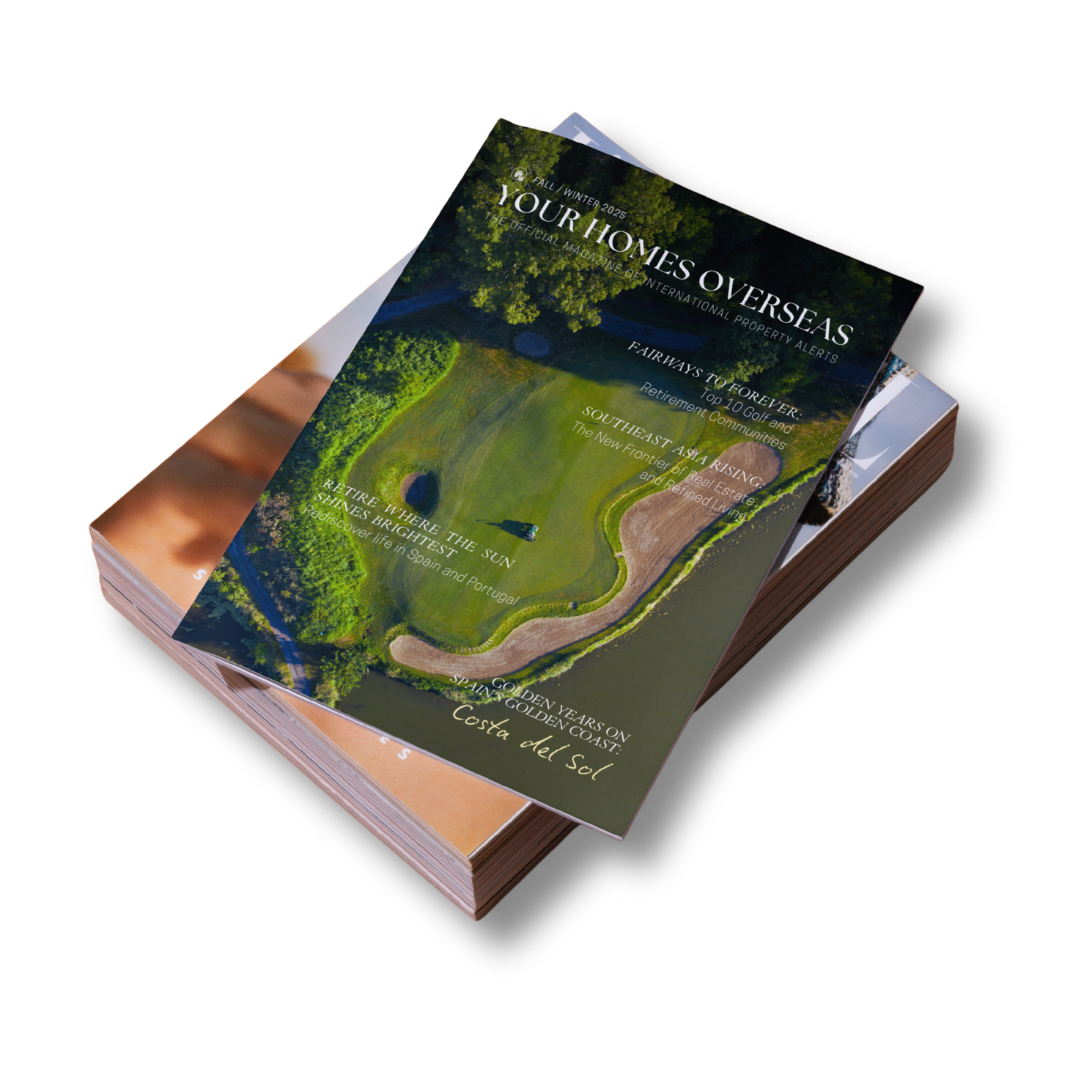

Discover the best destinations, property tips, and lifestyle insights from around the world.
GET YOUR FREE MAGAZINE HERE!

Nicaragua, a vibrant Central American gem, is reemerging as a top destination in 2025 after years of challenges, including political unrest and the global pandemic. This land of lakes, volcanoes, and pristine beaches is buzzing with renewed energy, driven by major infrastructure projects, a growing expat community, and an authentic, laid-back charm. Often overshadowed by neighbors like Costa Rica, Nicaragua’s compact size (about the size of New York State) offers affordability, adventure, and a peaceful lifestyle that’s hard to match. As someone who’s called Nicaragua home for 17 years, splitting time with Mexico, I’ve seen its transformation firsthand. We spotlight emerging destinations like Nicaragua that offer incredible value and lifestyle for expats, and the best international property listing websites can help you explore opportunities that fit your goals. Here’s why Nicaragua deserves your attention, from its welcoming expat scene to its stunning landscapes, plus a FAQ to guide your journey.

Nicaragua’s appeal lies in its authenticity, a place where life feels unhurried, genuine, and free. Despite past struggles, 2025 marks a turning point. New infrastructure, foreign investment, and a surge of arrivals are revitalizing the country. From modernized roads to reliable internet, Nicaragua is more accessible than ever, yet it retains its uncrowded charm. Whether you’re a retiree seeking tranquility, a digital nomad craving adventure, or a family looking for a safe, community-driven life, Nicaragua delivers. Its warm people, rich culture, and natural beauty make it a paradise waiting to be rediscovered.
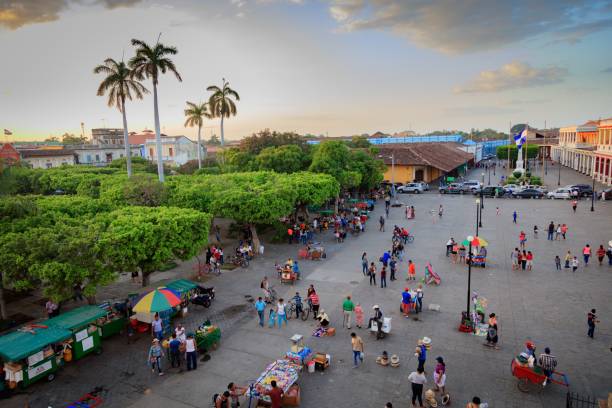
Nicaragua’s expat scene is thriving, blending retirees, digital nomads, families, and adventurers. Retirees savor the slow pace, spending days in hammocks under mango trees or launching small businesses, think cafés or eco-lodges, made affordable by low startup costs (e.g., $10,000-$20,000 for a small shop). Digital nomads benefit from improved internet (50-100 Mbps in urban areas) and public Wi-Fi in 25 city parks, making remote work seamless. I often set up my laptop at a Granada café, then join friends for sunset kayaking on Lake Nicaragua.
Families are drawn to safe neighborhoods where kids bike freely until dusk, evoking a 1950s community spirit. Accredited private schools, especially in Granada and Managua, offer bilingual education for $200–$500/month. Safety is a hallmark, as Nicaragua ranks as one of Latin America’s safest countries with low violent crime rates. Expats connect easily at organic markets, art classes, or expat hangouts like San Juan del Sur’s beachfront bars. My first week in Granada, I met lifelong friends at a salsa dancing meet-and-greet, a testament to the community’s warmth. For more insights on living abroad, check out our guide on things to consider when moving abroad to help you explore your options.
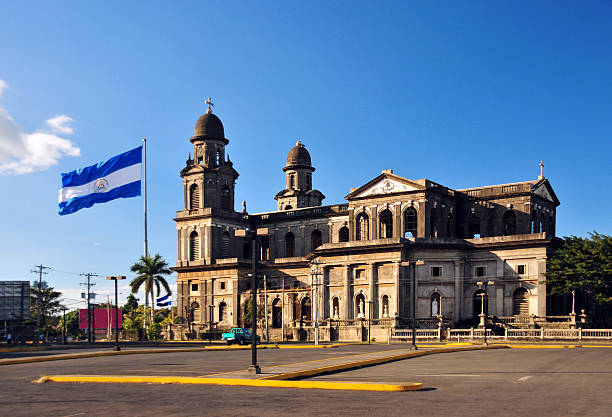
Nicaragua’s infrastructure is undergoing a dramatic overhaul, boosting tourism and economic growth. The Costanera Highway, a scenic coastal road, now stretches from the Costa Rica border to San Juan del Sur and will soon reach Managua, cutting travel times and opening access to pristine beaches. The Pan-American Highway is being modernized for commercial traffic, while the Costanera prioritizes personal vehicles, enhancing tourism in towns like Popoyo. A planned railway linking Managua to Granada, Masaya, Corinto, and Bluefields will connect Pacific and Caribbean coasts, fostering trade and travel.
Another road project will shorten the drive from Granada to San Juan del Sur and the Caribbean port of San Carlos, making island adventures like those in the Corn Islands more accessible. Five years ago, online shopping was impossible due to a lack of formal addresses. Now, local startups partner with a Doral, Florida, mailhouse, allowing deliveries from Amazon or Shein. These advancements, paired with new restaurants and stores, signal Nicaragua’s readiness to welcome newcomers. With services now more accessible to foreigners, settling down in Nicaragua is easier than ever, and having the right property buying tips can make the transition even smoother.
Nicaragua’s diverse regions cater to varied lifestyles, all at a fraction of North American costs. A single person can live comfortably on $1,200-$1,800/month, including rent ($300-$500 for a two-bedroom), groceries ($200-$300), and dining out. Here are four standout destinations:
Nicaragua offers unmatched freedom to live as you choose, whether writing a novel, volunteering, or surfing daily. The pura vida lifestyle means low stress and high satisfaction. My two-bedroom cottage with an ocean view cost $75,000, with annual taxes of $137. Permanent residency, secured for $250, was straightforward, though I recommend a facilitator ($500-$1,000) if Spanish isn’t your strength. Learning basic Spanish unlocks deeper connections, from haggling at markets to bonding with neighbors.
Socializing is effortless. Organic markets in San Juan del Sur or Granada offer local produce and expat meetups. Activities like fishing tours, dance classes, or volcano hikes foster friendships. Nicaragua’s cost of living, 50–70% lower than the U.S., lets middle-class retirees or remote workers thrive. My financial advisor once warned I’d never retire in San Diego; now, he shares my story with clients. You don’t need millions to live richly here, and with resources for understanding the real estate market, the path to residency is more accessible than ever.
For 17 years, Nicaragua has been my home, split with Mexico for family reasons. Nicaraguans are among the kindest people I’ve met in 67 countries. They respect your privacy but eagerly connect when invited, offering help in emergencies or sharing laughs at local festivals. My ocean-view cottage and truck were easy purchases, and the low costs freed me to travel, volunteer at a Granada orphanage, and savor dishes like gallo pinto. Challenges like occasional power outages (mitigated by solar backups) or bumpy rural roads pale against the joy of lake sunsets and community warmth. Nicaragua feels like my personal heaven.
Nicaragua isn’t perfect. Rural internet can be spotty (10-20 Mbps), though urban areas are reliable. Power outages occur during storms, so battery backups ($100-$300) are wise. Spanish is essential for rural life or bureaucracy, though English suffices in tourist hubs. Political tensions linger, but expats rarely feel impacted, and safety remains high. Summer heat (30-35°C) and rainy seasons require adaptation, but the mild dry season (November-April) is idyllic.
Nicaragua’s resurgence makes 2025 the perfect time to explore this welcoming land. Its affordability, natural beauty, and vibrant community have captured my heart, offering a life of freedom and fulfillment. Whether you seek a retirement haven, a nomad base, or a family-friendly home, Nicaragua invites you to write your own story. Take the leap, visit for 90 days on a tourist visa, connect with expats, and discover why this paradise feels like home. If you’re ready to start your journey, feel free to contact us for guidance and support.
A single person can live well on $1,200-$1,800/month, including rent ($300-$500 for a two-bedroom), groceries ($200-$300), and dining out ($5-$10/meal). Couples need $2,000-$2,500. Coastal areas like San Juan del Sur are pricier than inland towns like Matagalpa.
Yes, Nicaragua is one of Latin America’s safest countries, with low violent crime. Expats feel secure in towns like Granada or San Juan del Sur. Use common sense in urban areas, as petty theft can occur.
Basic Spanish is essential for rural areas, bureaucracy, or local friendships. In tourist hubs, English is common, but learning Spanish via apps or classes ($10-$20/hour) enhances integration.
Tourist visas (90 days, renewable) require a valid passport. Temporary residency (one year, renewable) needs proof of income ($600/month for retirees, $1,000 for others). Permanent residency, after five years, costs $200-$300. Facilitators simplify the process for $500-$1,000.
Managua’s Hospital Metropolitano Vivian Pellas offers U.S.-standard care at low costs (e.g., $300 for a colonoscopy). Private insurance is $50-$100/month. Rural clinics handle basic needs, but serious cases may require travel to Managua.
Yes, foreigners can buy property with no restrictions. A two-bedroom home costs $50,000-$150,000, with annual taxes of $100-$300. Work with a local lawyer to ensure clear titles.
Urban areas like Granada or San Juan del Sur have 50-100 Mbps internet ($30-$50/month). Rural areas may drop to 10-20 Mbps. Public Wi-Fi in 25 parks supports remote work.
Join organic markets, art or dance classes, or expat meet-and-greets in Granada or San Juan del Sur. Online groups like “Expats in Nicaragua” on Facebook connect newcomers. Local cafés and bars are social hubs.
About International Property Alerts
International Property Alerts is a premier global platform connecting real estate investors with handpicked opportunities in emerging and lifestyle-driven markets. Through curated listings, expert guidance, and market insights, we help buyers make confident property decisions worldwide.
Media Contact:

Phone: +4477 1923 8132
📱 WhatsApp: +63927 073 9530
Email: office@internationalpropertyalerts.com
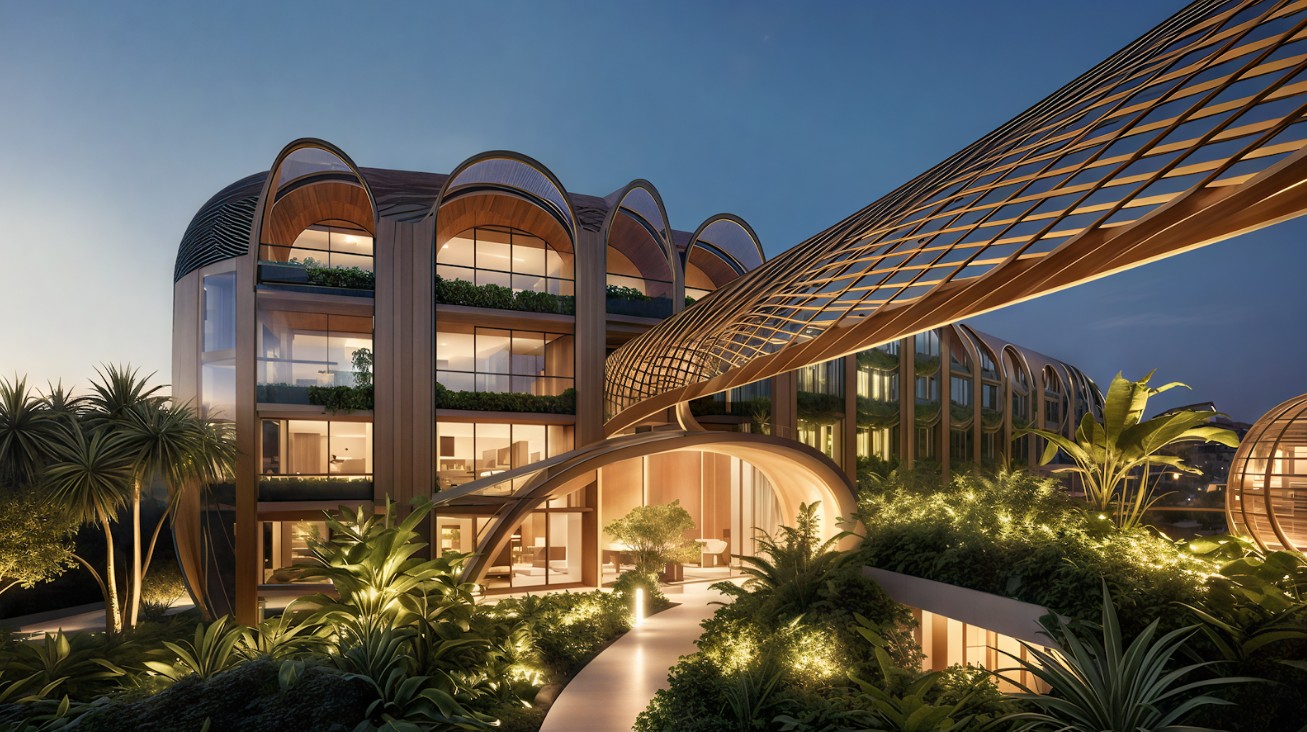
Elle Resort & Beach Club offers a rare chance to own property in one of the most desirable coastal locations. With limited units, strong capital growth potential, and unmatched resort facilities, this is your opportunity to secure a beachfront lifestyle with long-term value.
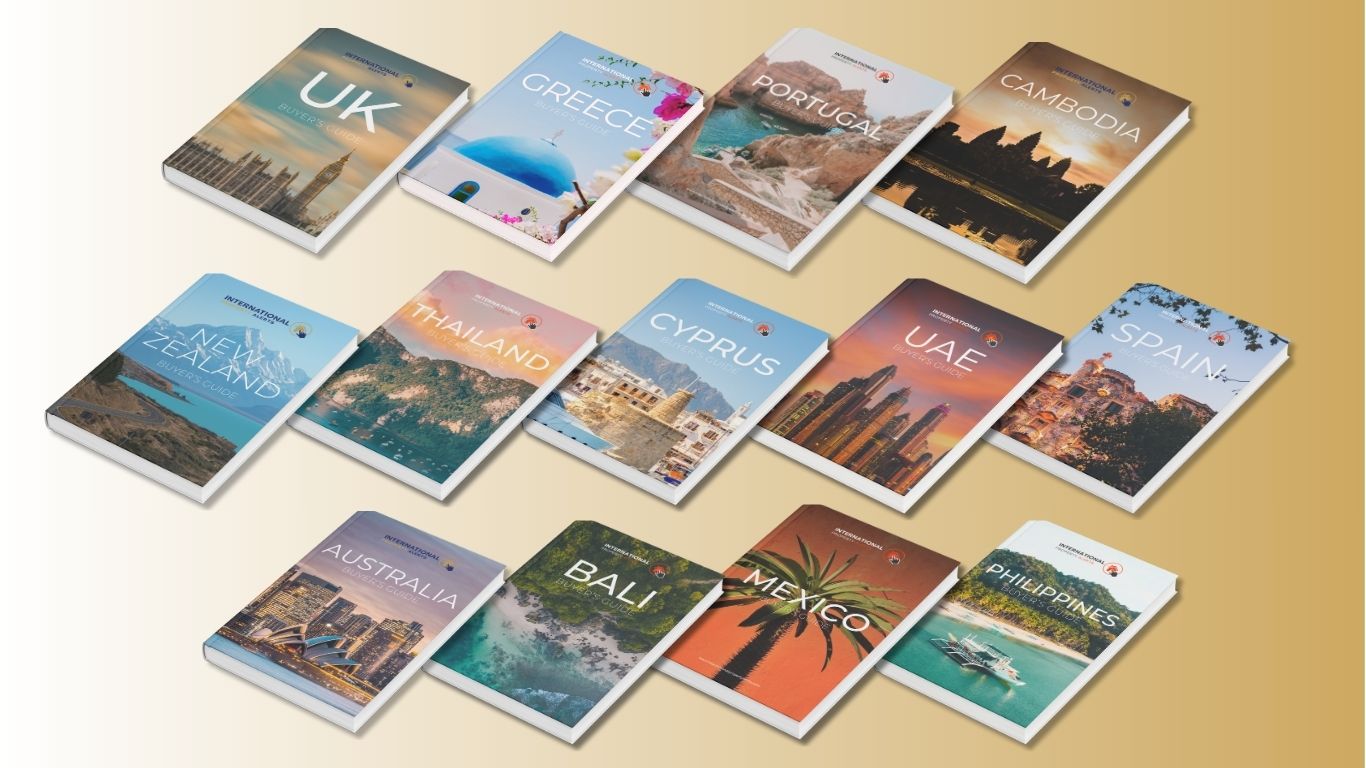
Thinking about buying property abroad? Don’t make the move without the right knowledge. Our Free Buyers Guide gives you essential insights on legal steps, taxes, financing, and the best markets worldwide. Trusted by international buyers and investors.
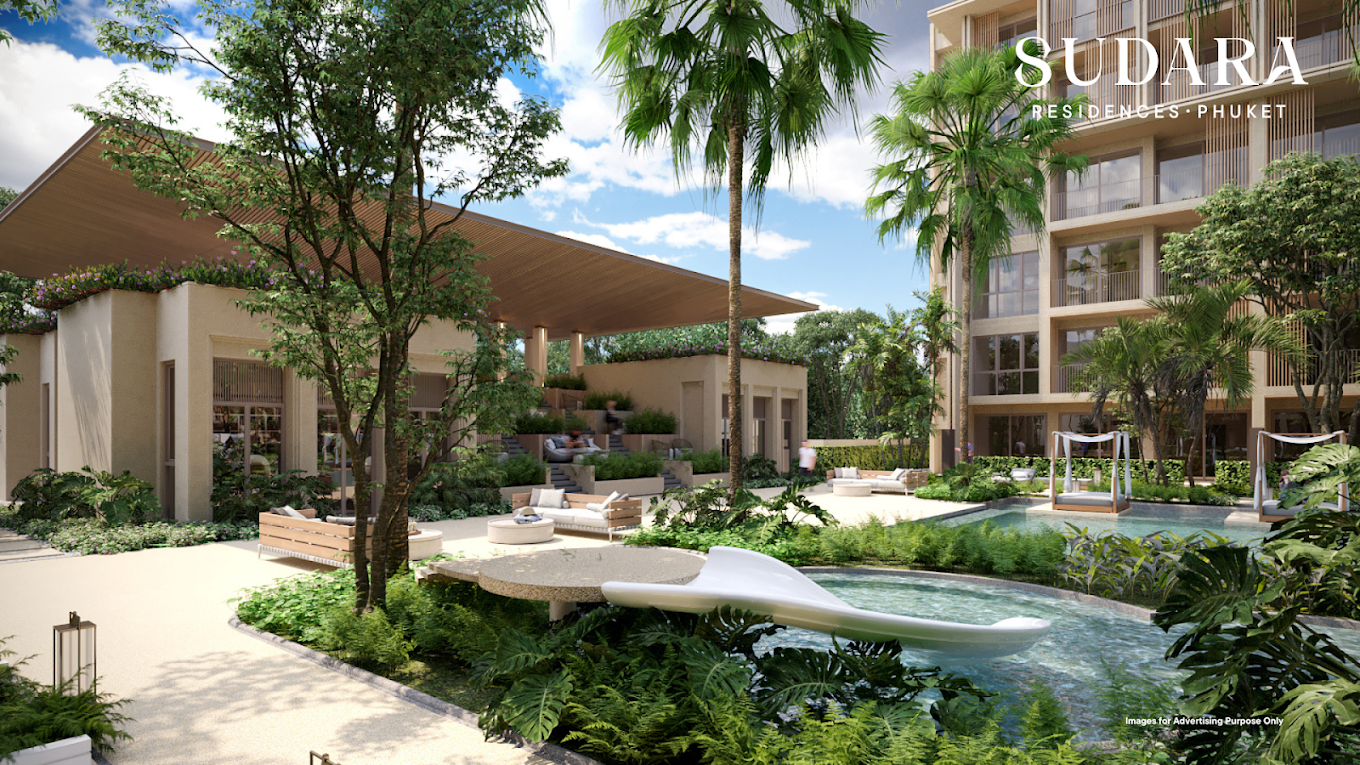
Wake up to bright, spacious living with stunning views and modern comforts. Whether for family living, retirement, or a stylish retreat, Sudara Residences makes your dream home a reality
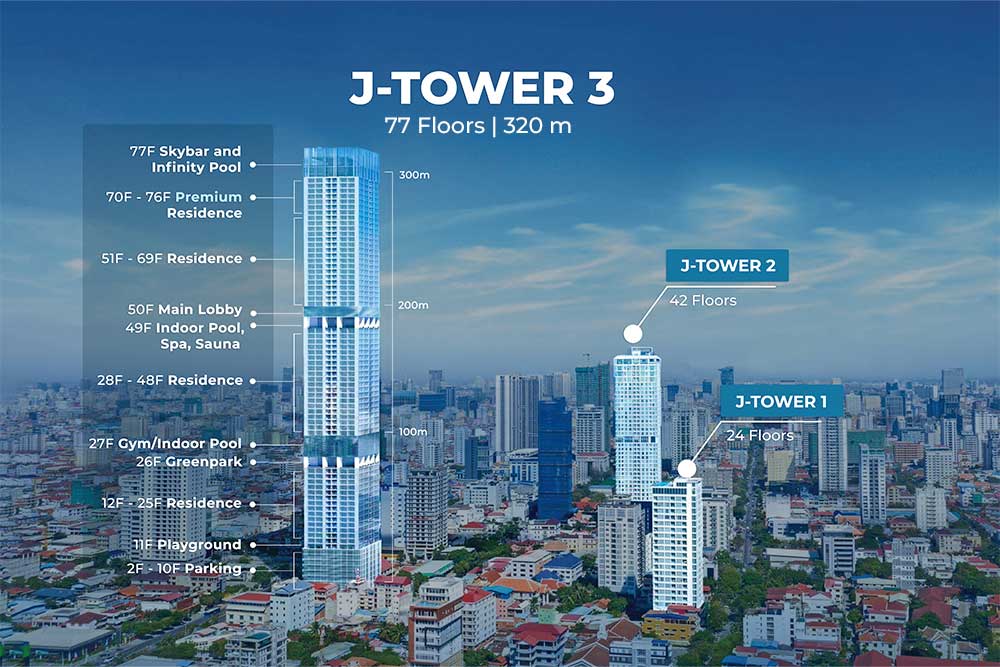
Discover curated property listings with IPS—residential, commercial, villas, land—and get expert guidance through every step.
BONUS: FREE Cambodia Buyer’s Guide

High visibility. Targeted audience. Maximum exposure. Rent this space and let your brand shine.

Get your properties in front of high-intent investors. Showcase your listings to buyers worldwide.

From pounds to pesos, yen to dollars. ⚡ Quick. Easy. Secure.
Compare listings
ComparePlease enter your username or email address. You will receive a link to create a new password via email.